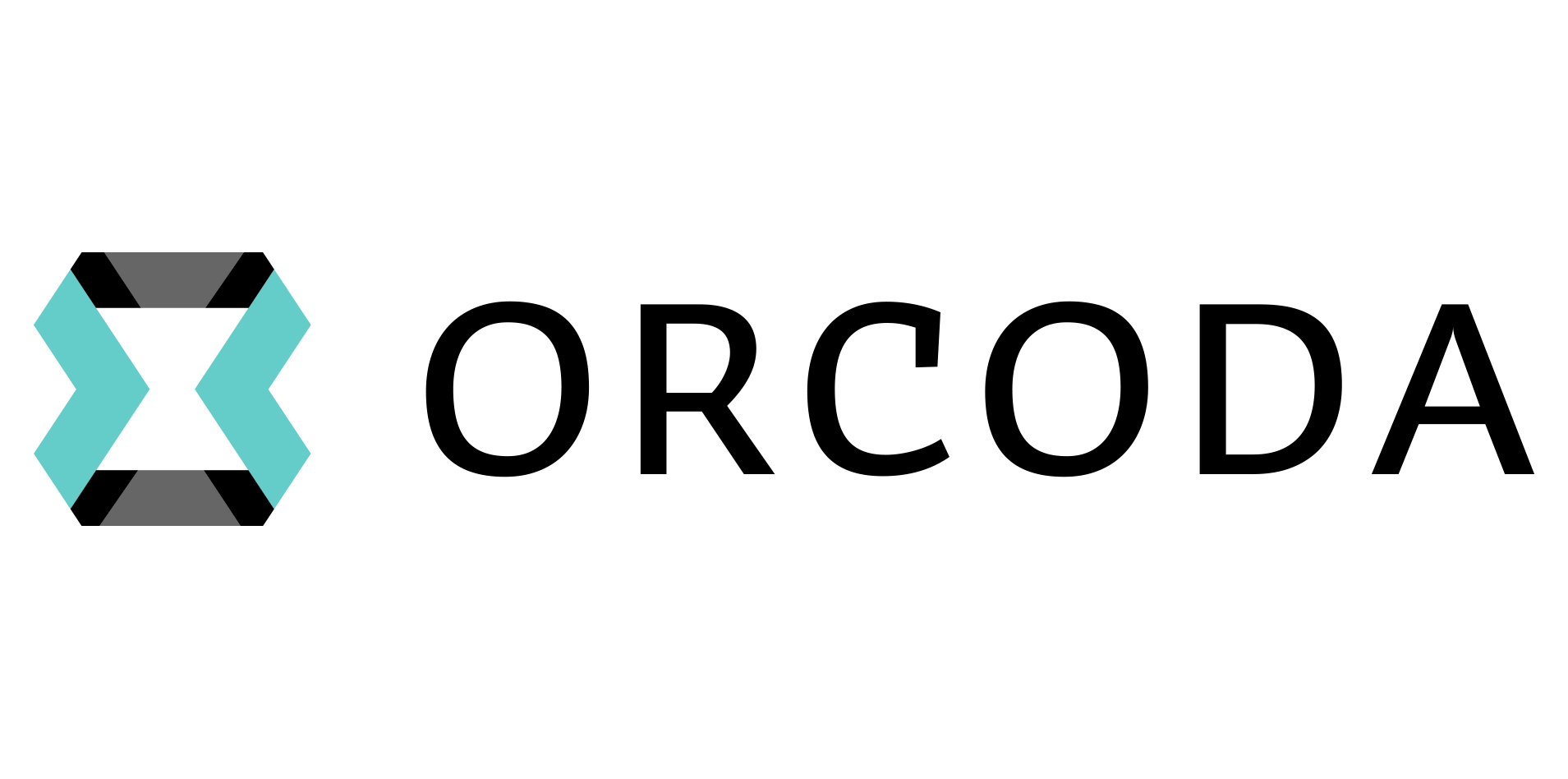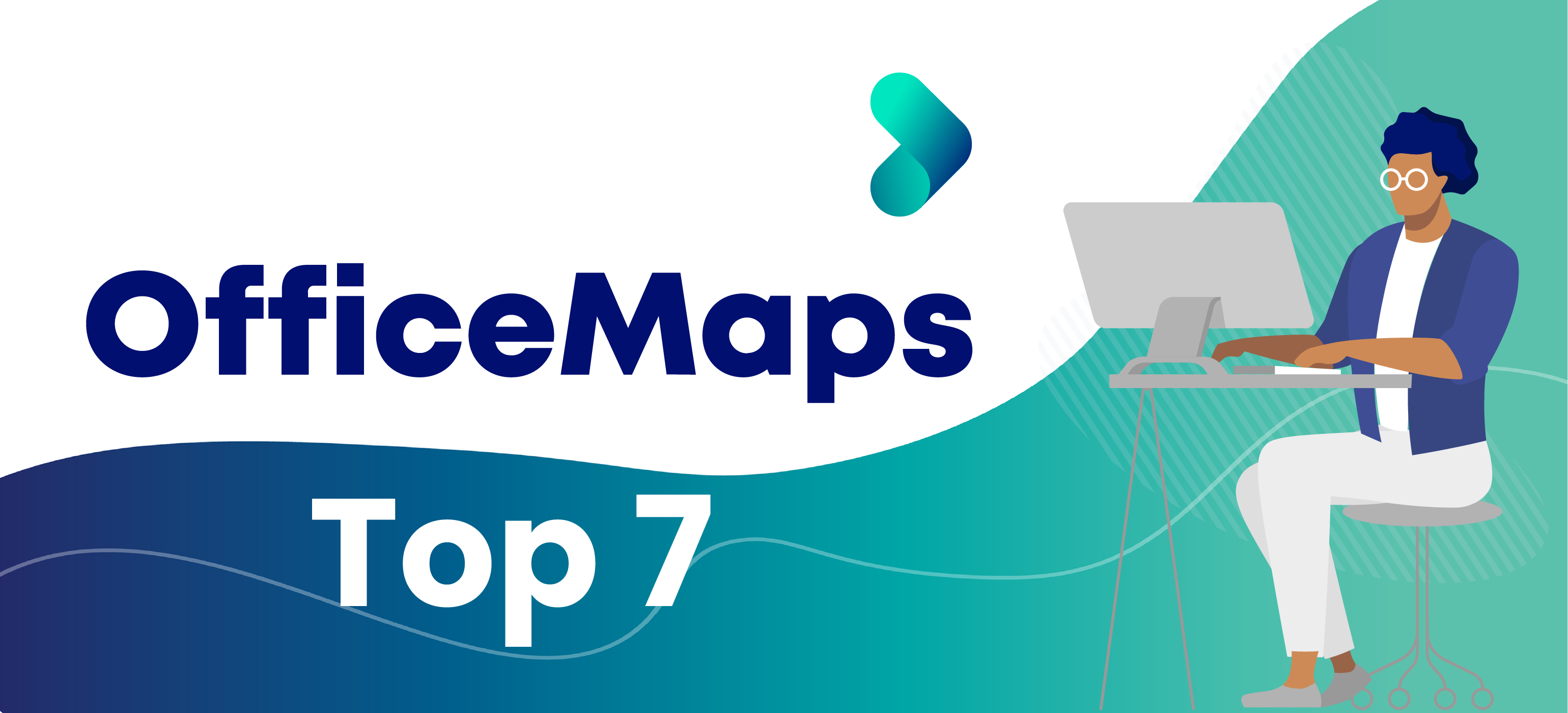
Your commercial property, whether rented or owned, is a key business asset. Effective and strategic utilisation of your workspace affects the productivity and profitability of your organisation.
Space management is the process of organizing and utilizing the physical space within a building or facility in the most efficient and effective way possible. This involves everything from layout design and furniture selection to storage solutions and traffic flow.
Effective space management can have a number of benefits, including increased productivity, improved employee satisfaction, and reduced operating costs. It can also help a business to adapt and grow as the needs of the organization change over time.
There are a number of different approaches to space management, ranging from traditional manual methods to advanced software solutions. No matter which approach is used, the goal is always the same: to make the most of the space available in order to support the needs of the business and its employees.
Whether you are managing a small office or a large facility, space management is an important consideration. By carefully planning and organizing your space, you can create a more efficient and effective work environment that supports the success of your business.
Revisiting broader organisational goals, both current and future plans, ensures both the proper space utilisation metrics and future space needs are adequately considered when the new strategies are launched.
A few questions worth consider at this stage include:
This step will help determine what information your organization should include in your space strategy, as well as help define what metrics you should gather data on in the future.
A few items worth considering:
Space management tools are what bring everything together. Aligned with a software vendor who can meet your needs both now and moving forward can elevate a great deal of logistical stress when optimising your office spacial assets. If you have not already, your company should consider in a space management tool for efficient management of your real estate.
The benefits of investing in a space management software tool can be felt by your company immediately, where you begin to build an accurate reflection of who is using what and where. As you build on this data, trends become identifiable, which aid in the determination of how to manage future changes.
For many, analysis and planning reveal that reallocating space and repurposing poorly used space will avoid the costly activity of moving to a new facility. Apart from shading excessive real estate costs and redirecting resources within your business, other benefits of better space utilisation include:
When an employee only uses their workstation twice a week for example, there are a lot of unnecessary costs that add up. Using space management software, you can better prioritise how these spaces are used to save on expenses. For instance, you could simply have these employees reserve a nondedicated workstation when working in the office.
Effective spatial management requires data. When this data is disorganised and spread across various locations, insights can become siloed within specific departments. Space management software makes the relevant data available throughout the organisation, allowing facility managers to easily monitor the use of space and implement measures as needed.
Greater workplace transparency translates into better communication and greater satisfaction for employees. What's great about space management software is that you have access to well-defined, real-time metrics such as total square footage, percentage of space used and operating costs per square foot. By breaking down these different metrics, businesses can identify better ways to improve their performance.
Think your team could benefit from a tool that makes hot desk booking efficient and easy to use across all teams? You can start your free trial today.
Start Free Trial OfficeMaps and Orcoda Forge Strategic Collaboration
OfficeMaps and Orcoda Forge Strategic CollaborationWe’re proud to collaborate with Orcoda, a leading Australian provider of smart transport and logistics solutions. Orcoda combines advanced software, management expertise, and IoT-enabled infrastructure to deliver supply chain visibility, operational control, and cost savings across industries including healthcare, community services, transport, and resources. Their platforms make it simple to manage bookings, optimise routes, streamline vehicle sharing, and enhance safety and sustainability outcomes.
Read more... OfficeMaps in top 7 of Startups to watch
OfficeMaps in top 7 of Startups to watchWe’re proud to be featured among Queensland’s most innovative startups in 11 press publications. With global growth, a doubling of daily users, and plans for new features and a US office, OfficeMaps continues to lead in flexible workplace management.
Read more... Navigating the Hybrid Workplace for Government Agencies: How to Optimize Office Assets and Space Management
Navigating the Hybrid Workplace for Government Agencies: How to Optimize Office Assets and Space ManagementIn today's ever-evolving landscape, optimizing office space is essential for enhancing efficiency and productivity. As organisations transition to hybrid work models, mastering space management becomes paramount. This guide will explore how flexible work arrangements, hot desking, and office technology can revolutionize space utilization in the hybrid workplace, empowering organizations to thrive in this new era.
Read more...